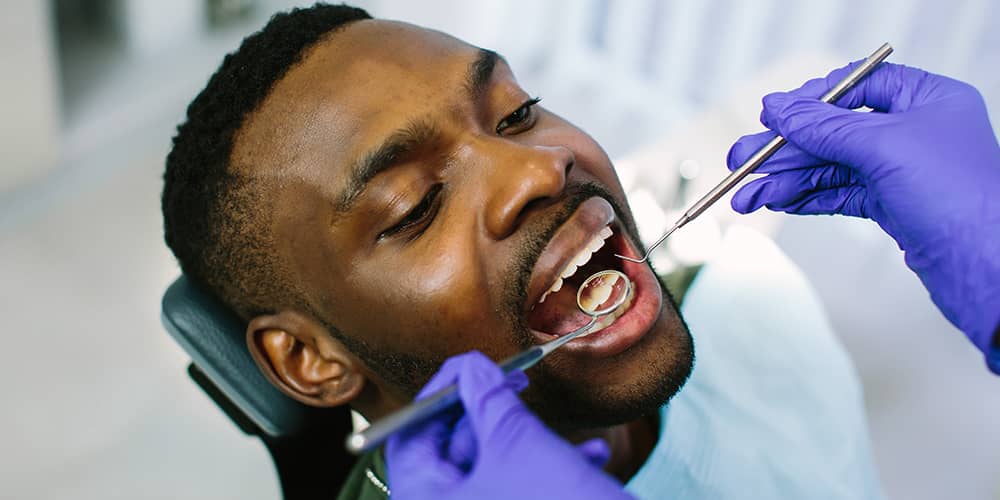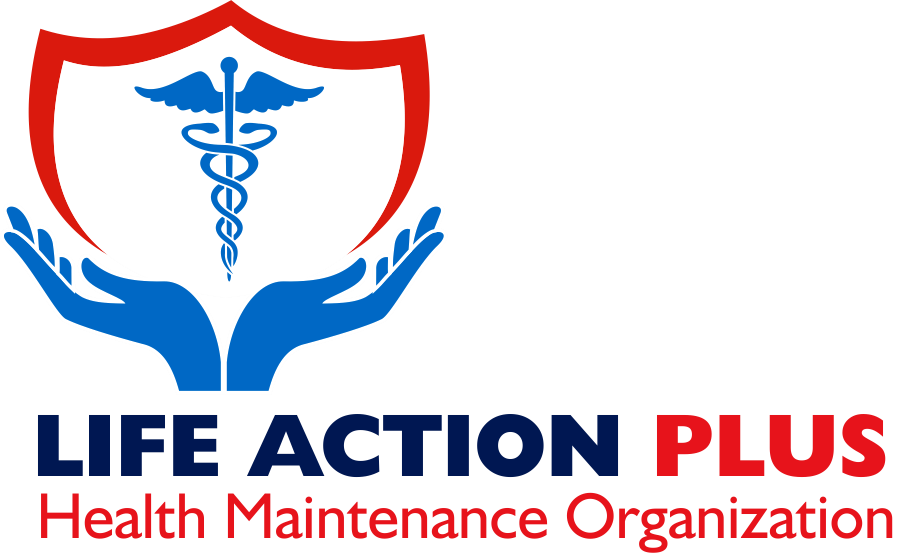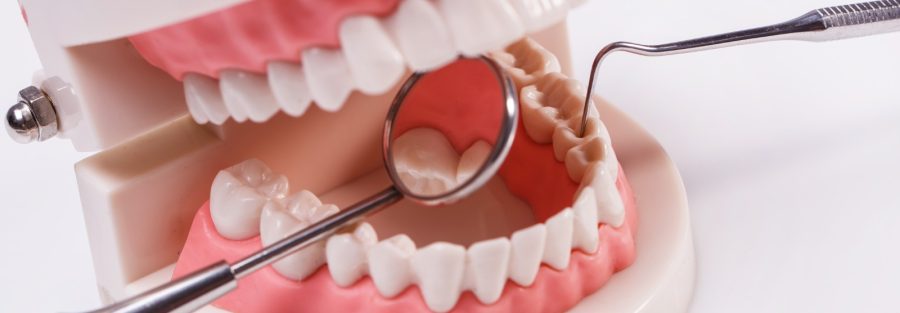Wisdom teeth are the third set of molars at the back of the mouth; most people have four of them; two at the top, and two at the bottom. These teeth usually appear in late teenage years or early adulthood. In most cases, wisdom teeth don’t have room to develop properly, and they can cause problems. Prominent wisdom teeth can grow at different angles in the jaw, sometimes even horizontally.
Causes
Usually, problems with wisdom teeth begin to appear between ages 15 – 25. While people older than 30 years do not face any problem that requires wisdom tooth extraction, a person may develop a buried wisdom tooth as a result of several factors. A very common example of such factors is the small size of the jaw, so the wisdom tooth appears partially from the gums because there is not enough space for it. This leads to the growth of the gum tissue around it, and increases the risk of gingivitis. Also, sometimes wisdom teeth appear inverted in the wrong direction, so it may appear at an angle to the side of the nearby teeth or may appear lying at a right angle to the other teeth. Or it may appear up normally like other teeth, but still be trapped inside the jaw. Sometimes, the wisdom teeth may erupt partially, so only a part of it is visible. In this case, it is called partially impacted. A wisdom tooth remaining completely hidden inside the gum and not appearing normally can sometimes lead to an infection. Or it can cause a cyst that damages the root of other teeth or the bony abutment. Also, partially protruding from the gum creates an opening that may become a spot for bacteria that cause gum disease and oral infections. This is because this area is difficult to see and clean.

Symptoms;
Sometimes an impacted tooth doesn’t cause any problems, but other times, it can cause infections to the gum, Sacs filled with liquids, or cause damage to other teeth. When that happens, the patient may have some symptoms like headache affecting the ear and lower head, pain or swelling around the jaw, swollen gums, bad breath, bad taste in mouth, difficulty opening the mouth.
Treatment;
The treatment for the wisdom teeth depends on whether it is causing symptoms or not. If it is not causing any symptoms or complications, some doctors will just recommend monitoring the teeth for any complications, and they don’t recommend surgery. Dentists, however, recommend removing wisdom teeth if they have not fully erupted, even if they are not currently causing problems. A large number of dentists believe that wisdom teeth should be extracted as they will cause problems in the future, so doing it at a younger age is easier before the roots and bone are fully developed, so the recovery after surgery will be generally faster.


